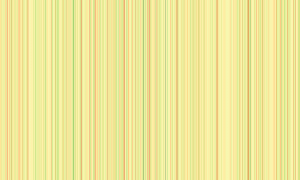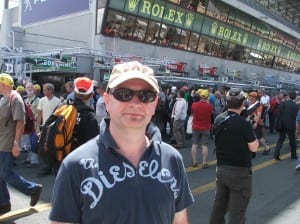
Art generated by a computational device has been a topic that has been supported or decried for years. From its earliest beginnings in the 1960’s (Desmond Henry’s machine generated art) through to AI generated art impersonating human artist endeavours in the more recent past, art generated by computers has been the subject of much debate. Questions such as can computer programming code be considered art?, arguments between ‘traditional’ and ‘digital’ art, and how can we discuss the history of digital art as opposed to the well established history of art field?
Whether you are on the side of computer art being art or not, it is not the intention here to argue for one side or the other. It is though, the intention to present generated art from social media streams.
These streams are created when social media users self-classify and categorise messages using ‘hashtags’ for easy searching – bearing in mind that hundreds of millions of messages are posted each day on a social network such as Twitter. The hashtag makes it easy for a, for example, Twitter user to filter out all of the overwhelming noise to isolate a relevant stream of messages. These hashtags are not curated though, meaning they are user generated. There is no ‘standard’ hashtag to use for a particular stream. Some stream subjects suggest possible hashtags to use to curate discussion and debate – for example television programmes suggest a hashtag to use in messages to concentrate and collect debate into one stream. There is nothing to stop a user from adding their own hashtag to a message though.
These stream images have been generated using R. The images represent a simple sentiment analysis of the tweets (using the stock Syuzhet R package). There is no comparison to be made between the images as different colour palettes are used. They transform the hashtag streams to be viewed from a statistical, quantitative point of view to that of a cultural, even an artistic, point of view. The streams can be viewed using different colour palettes and different representational structures, which means there is no one way to represent a stream.
Given all that though, we can look at how images of a stream changes over time when using the same colour palette. For example, the #ge2019 stream:

#ge2019 taken at 0930, 12 December 2019 as the election was happening

#ge2019 taken at 2230, 12 December 2019, after the polls had closed
Viewing the streams artistically, I would say, is very different from viewing the streams from a quantitative viewpoint. Any comparisons are subjective and potentially masked by the representation and structures used to display the stream. However, with the huge volume of data generated by social media streams, then their artistic representation holds much potential.




